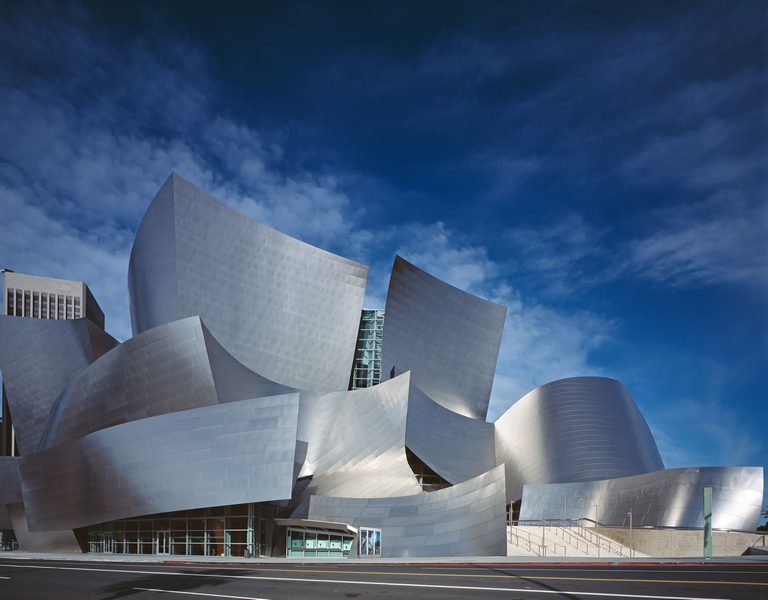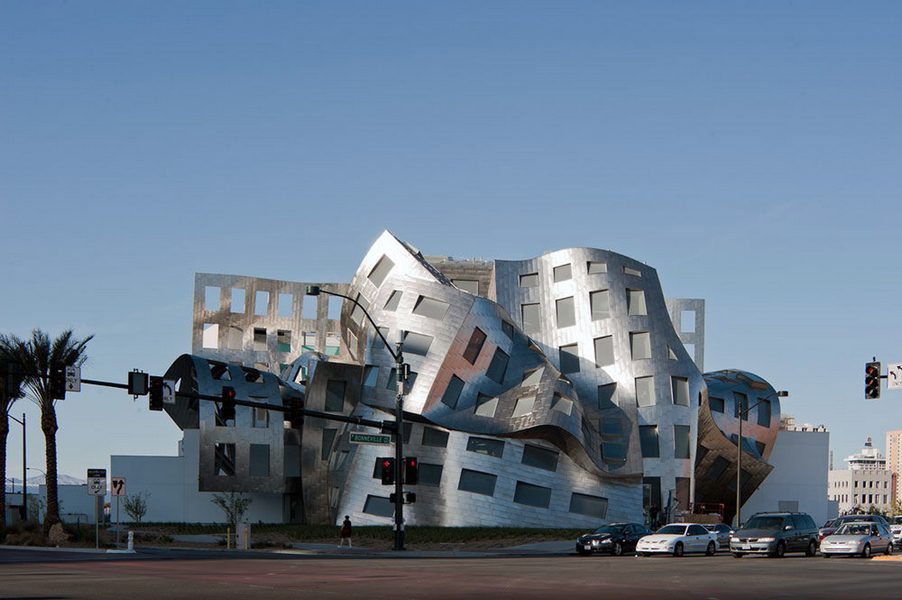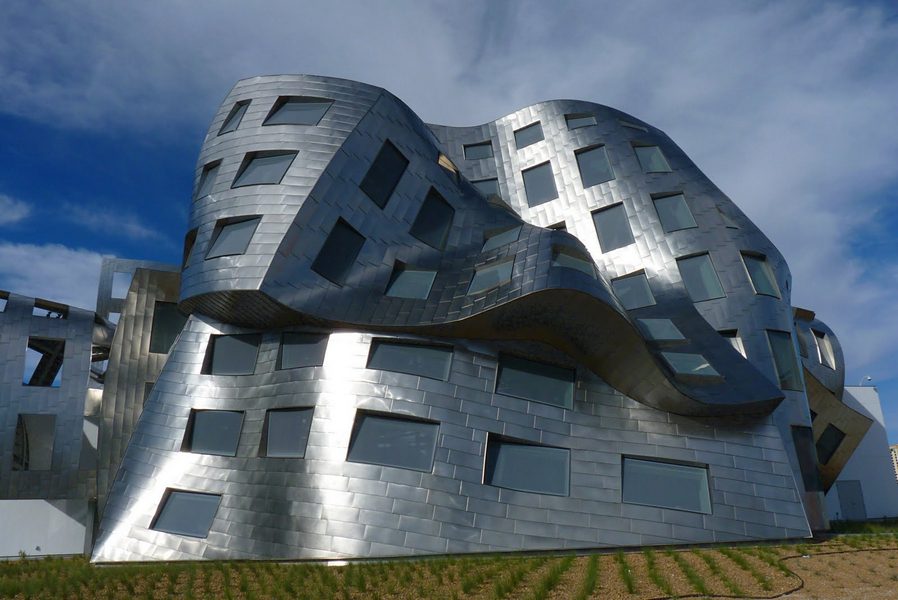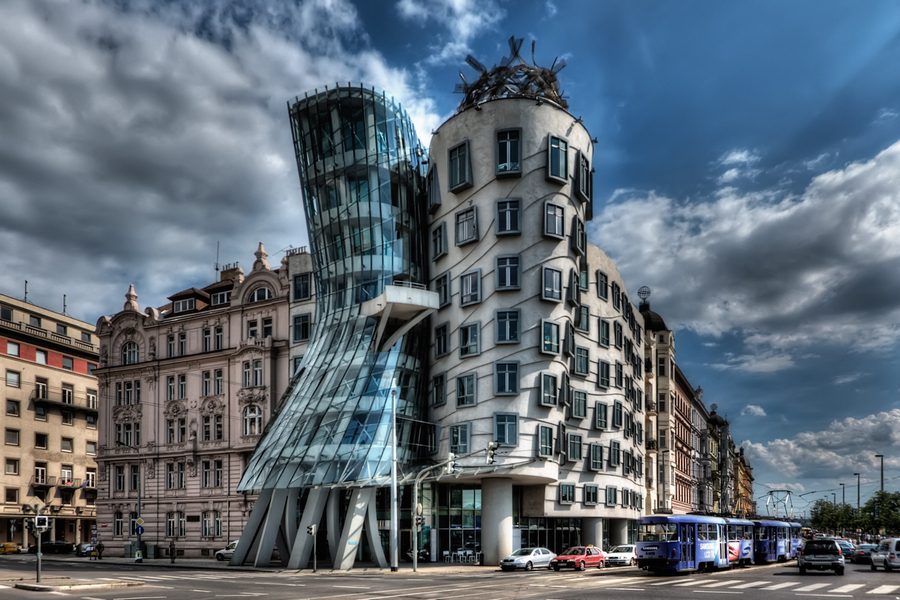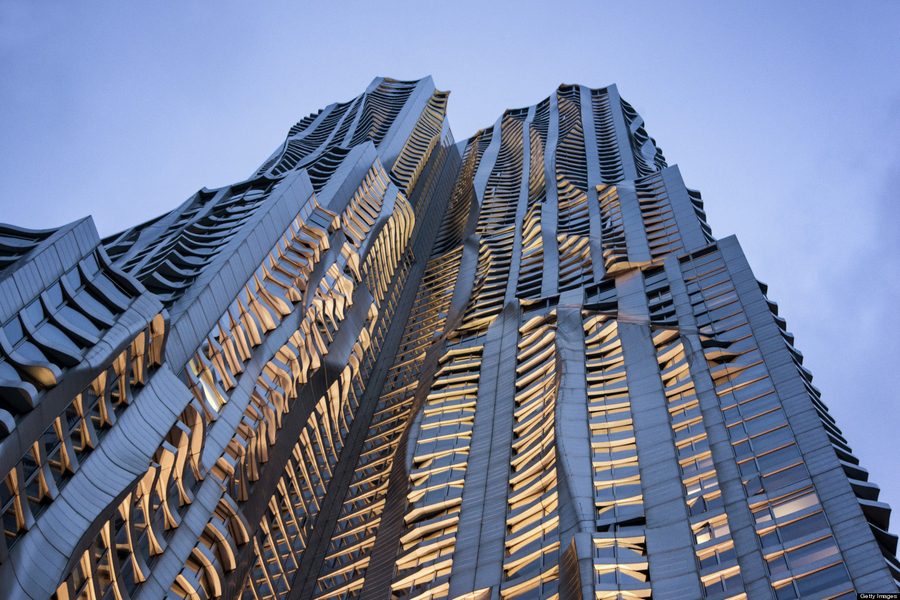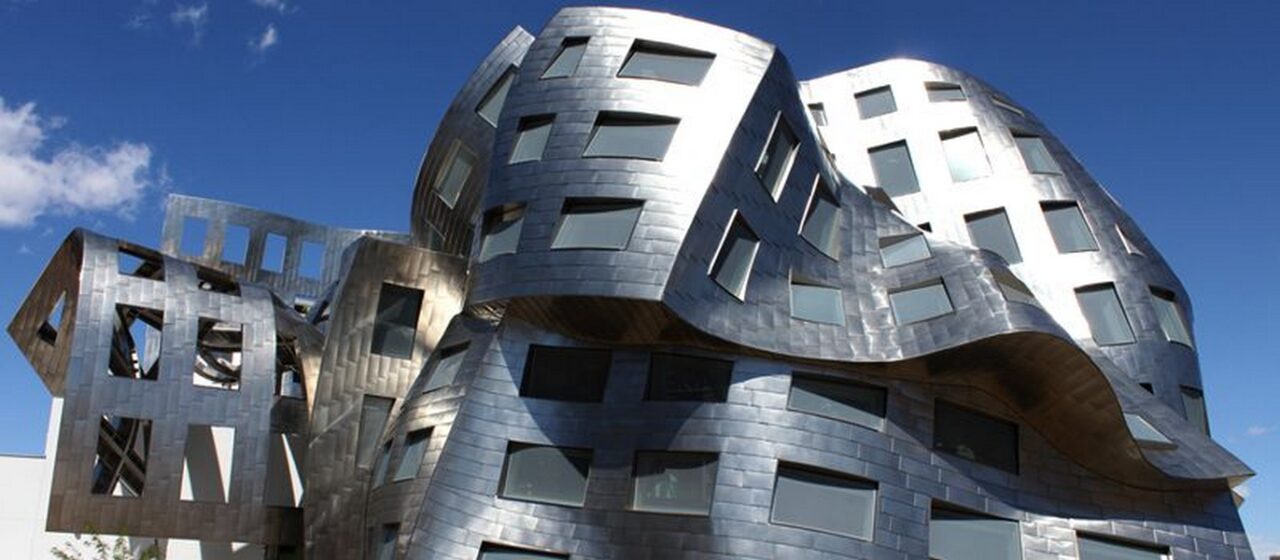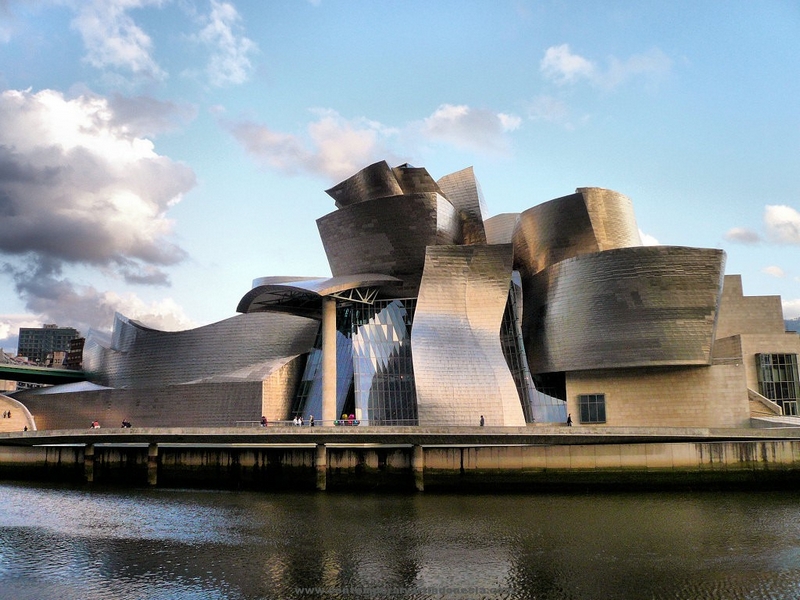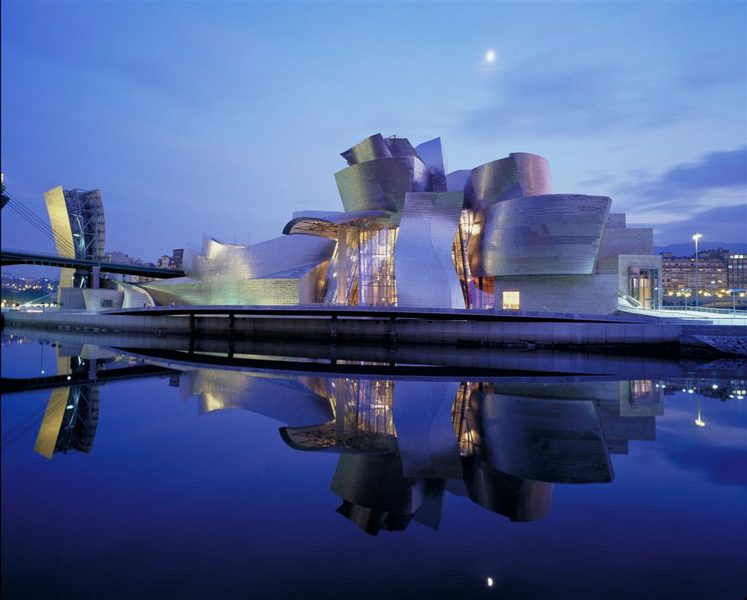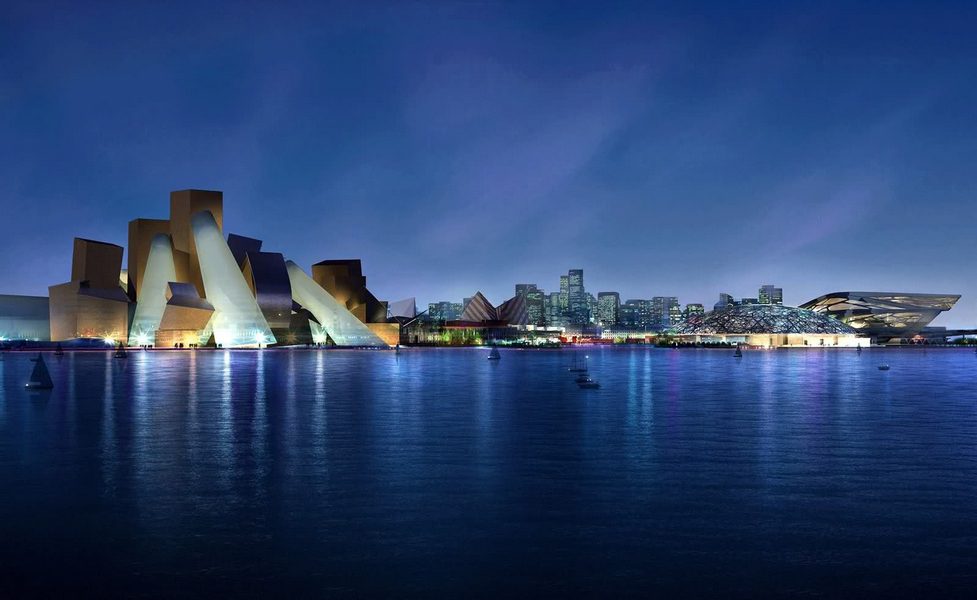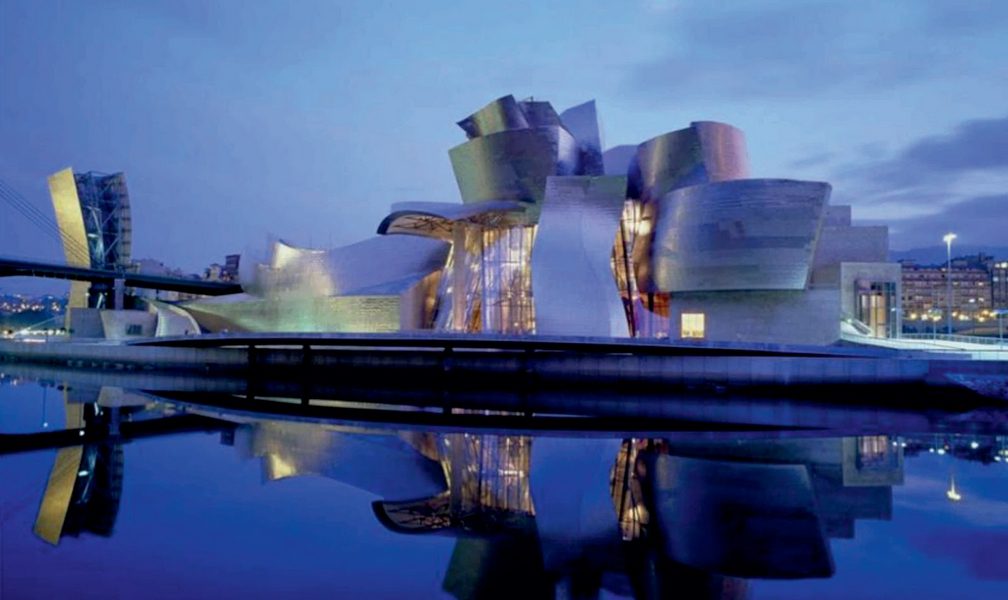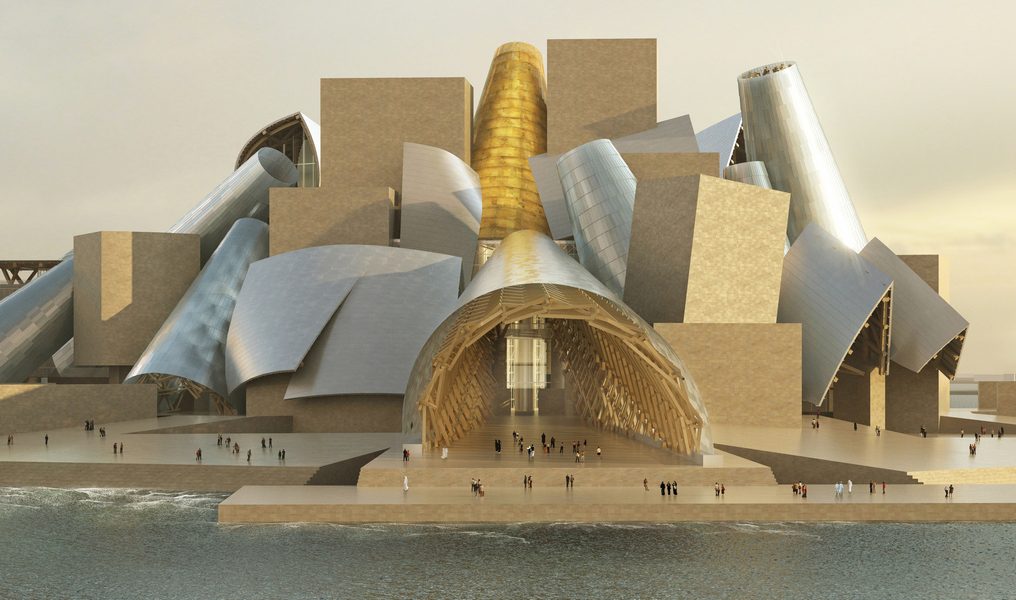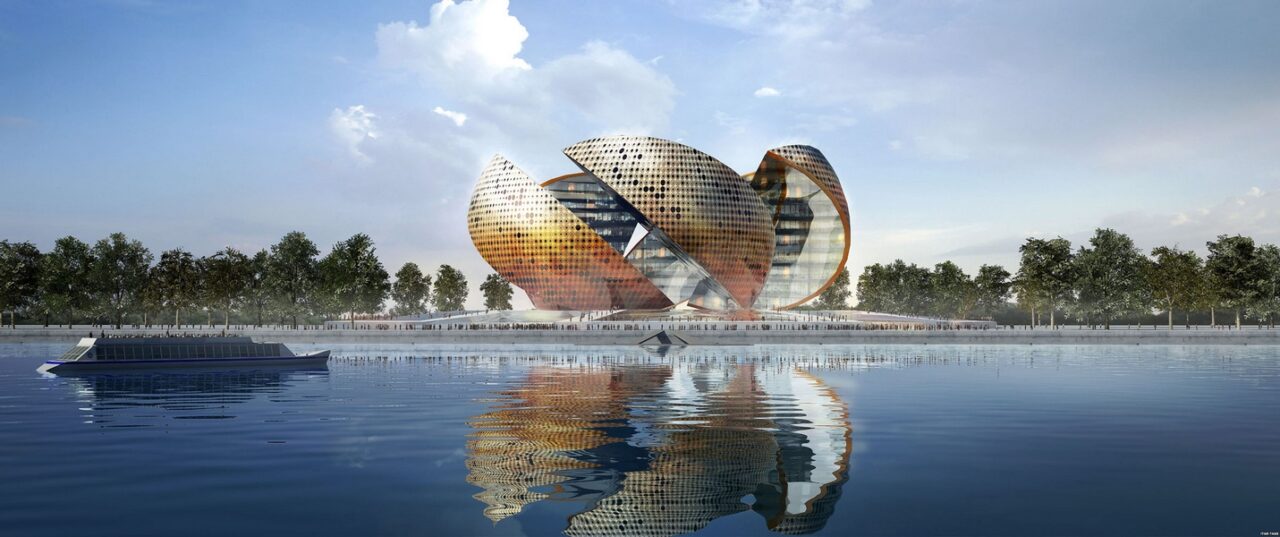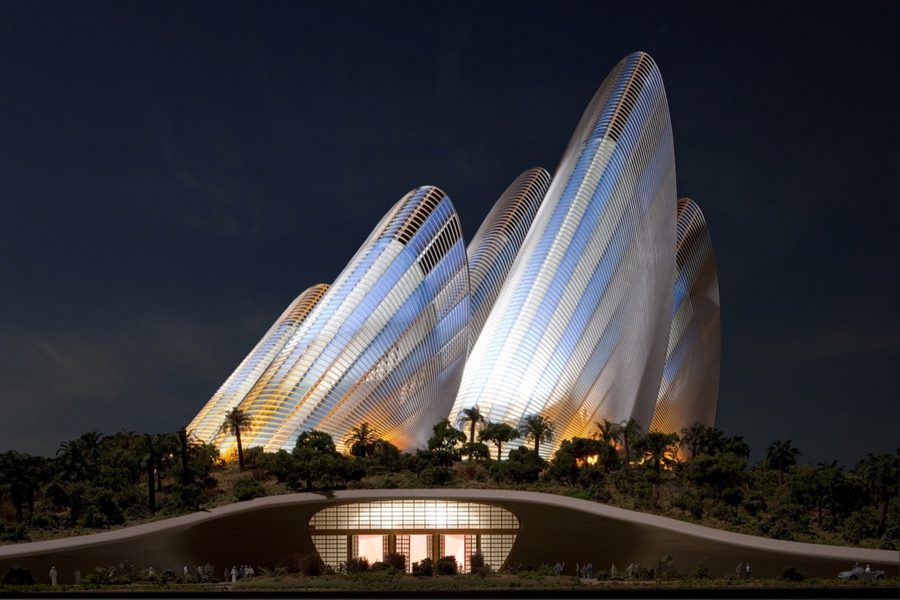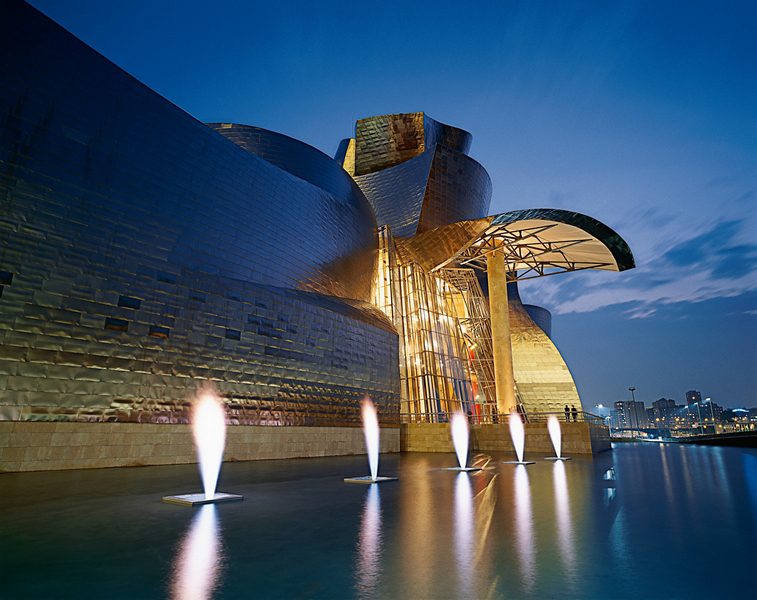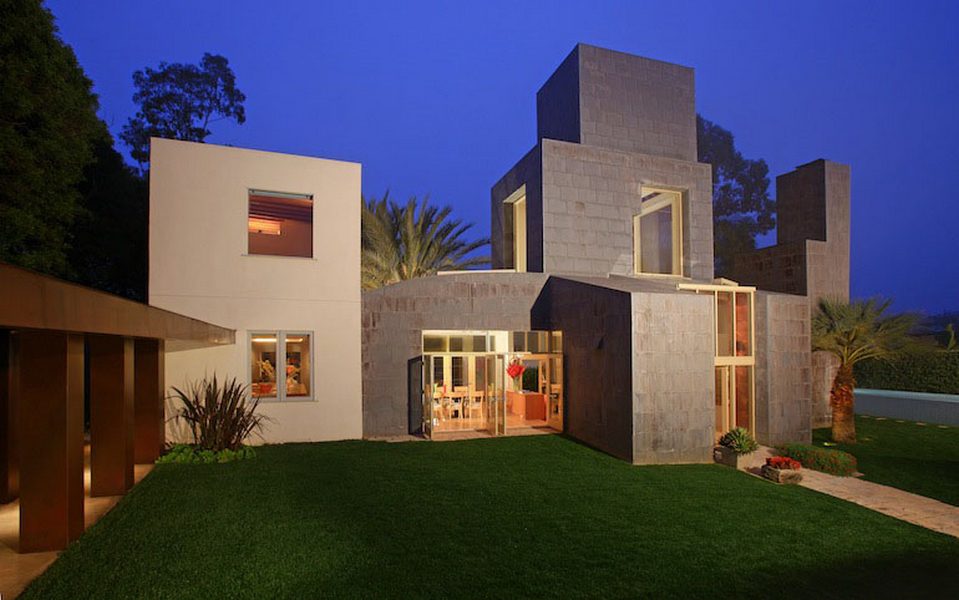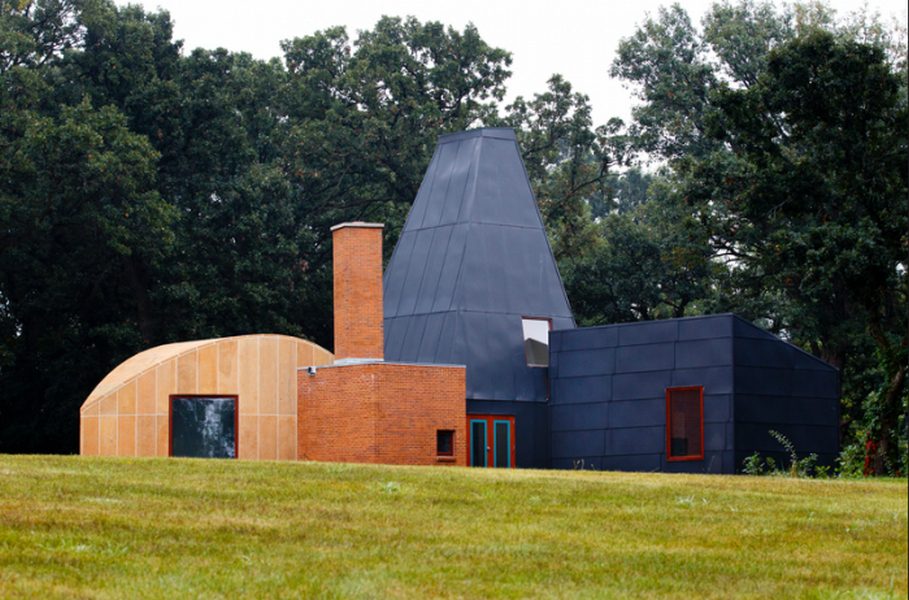ARCHITECTURE: Frank Gehry
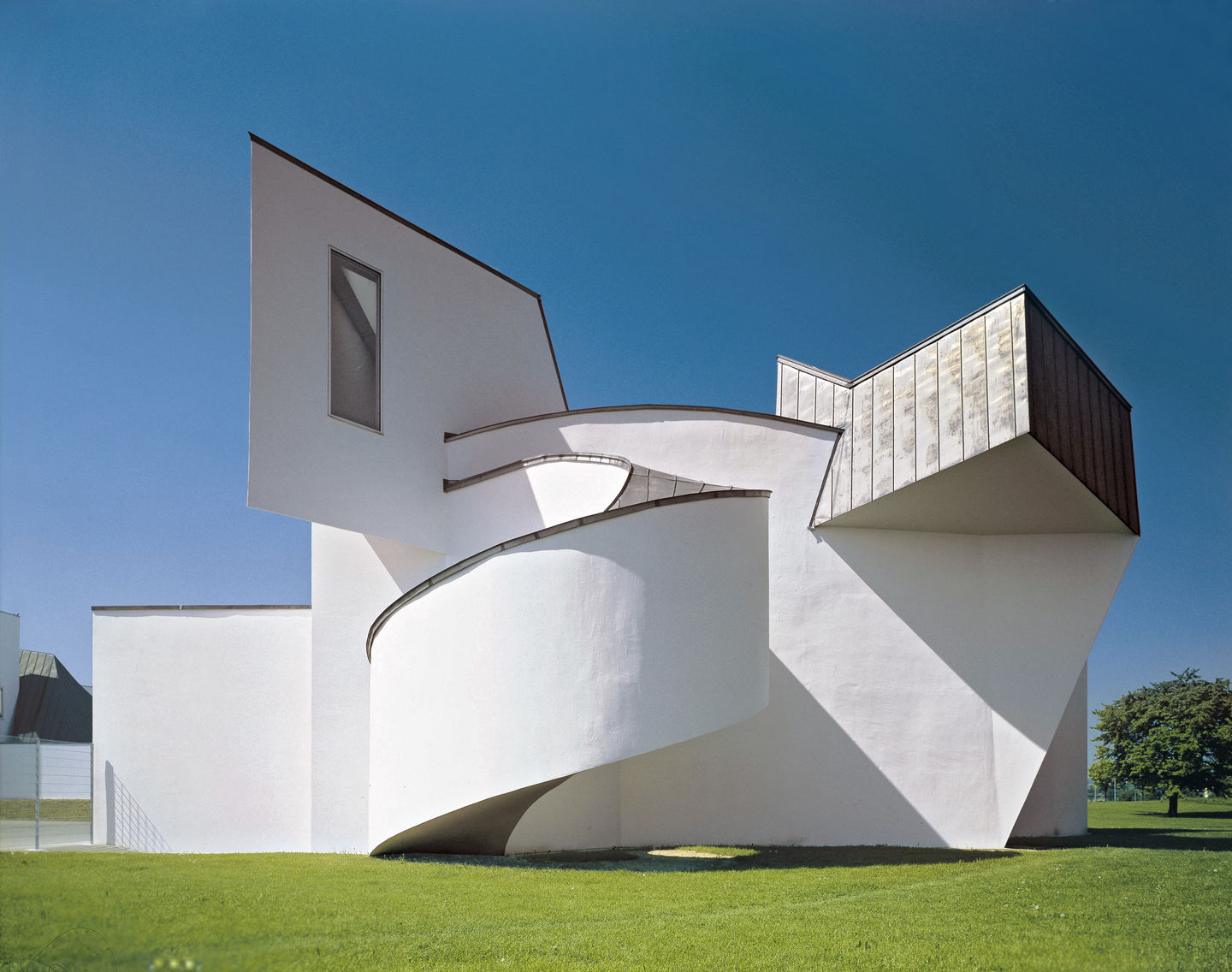 Frank Gehry (28/2/1929- ) is a Canadian architect, currently a United States resident based in Los Angeles. A number of his buildings, including his private residence, have become world-renowned tourist attractions. His works are cited as being among the most important works of contemporary architecture in the 2010 World Architecture Survey.
Frank Gehry (28/2/1929- ) is a Canadian architect, currently a United States resident based in Los Angeles. A number of his buildings, including his private residence, have become world-renowned tourist attractions. His works are cited as being among the most important works of contemporary architecture in the 2010 World Architecture Survey.
By Efi Michalarou
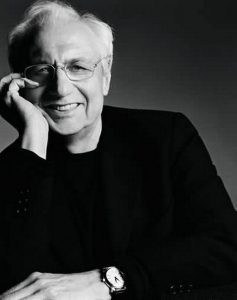 Gehry’s best-known works include the titanium-clad Guggenheim Museum in Bilbao, Spain, Walt Disney Concert Hall in downtown Los Angeles, Louis Vuitton Foundation in Paris, France, MIT Ray and Maria Stata Center in Cambridge, Massachusetts, Experience Music Project in Seattle, New World Center in Miami Beach, Dancing House in Prague, the Vitra Design Museum and the Museum MARTa Herford in Germany, the Art Gallery of Ontario in Toronto and the Cinémathèque française in Paris. But it was his private residence in Santa Monica, California, that jump-started his career, lifting it from the status of “paper architecture”, a phenomenon that many famous architects have experienced in their formative decades through experimentation almost exclusively on paper before receiving their first major commission in later years. In 1989, Gehry was awarded the Pritzker Architecture Prize. The jury cited Gehry as “Always open to experimentation, he has as well a sureness and maturity that resists, in the same way that Picasso did, being bound either by critical acceptance or his successes. His buildings are juxtaposed collages of spaces and materials that make users appreciative of both the theatre and the back-stage, simultaneously revealed”. In 1997, Gehry vaulted to a new level of international acclaim, when the Guggenheim Museum Bilbao opened in Bilbao, Spain. Hailed by legendary architect Philip Johnson as “The greatest building of our time”, the Museum became famous for its striking yet aesthetically pleasing design and the economic effect that it had on the city. Since then, Gehry has regularly won major commissions and has further established himself as one of the world’s most notable architects. His best received works include several concert halls for classical music, such as the boisterous and curvaceous Walt Disney Concert Hall (2003) in Downtown Los Angeles, which has been the centerpiece of the neighborhood’s revitalization, the open-air Jay Pritzker Pavilion (2004) adjacent to Millennium Park in Chicago and the understated New World Center (2011) in Miami Beach, which the LA Times called “A piece of architecture that dares you to underestimate it or write it off at first glance”. However, in recent years, some of Gehry’s more prominent designs have failed to go forward. In addition to unrealized designs such as a major Corcoran Art Gallery expansion in Washington, D.C., and a new Guggenheim museum near the South Street Seaport in New York City, Gehry was notoriously dropped by developer Bruce Ratner from the Atlantic Yards Project in Brooklyn, New York due to high costs in 2009 and was also dropped as the designer of the World Trade Center performing arts center in 2014. That said, some stalled projects have recently shown progress, after many years and a dismissal, Gehry was recently reinstated as architect for the Grand Avenue Project in Los Angeles and, though Gehry’s controversial design of the National Dwight D. Eisenhower Memorial in Washington, D.C., has been subject to numerous delays during the approval process with the United States Congress, the project was finally approved in 2014 with a modified design. In 2014, two significant, long-awaited Museums designed by Gehry opened: the Biomuseo, a biodiversity Museum in Panama City, Panama, and the Louis Vuitton Foundation, a Modern Art Museum in the Bois de Boulogne park in Paris, France, which opened to some rave reviews. Much of Gehry’s work falls within the style of Deconstructivism, which is often referred to as post-structuralist in nature for its ability to go beyond current modalities of structural definition. This can be seen in Gehry’s house in Santa Monica. In architecture, its application tends to depart from modernism in its inherent criticism of culturally inherited givens such as societal goals and functional necessity. Because of this, unlike early modernist structures, Deconstructivist structures are not required to reflect specific social or universal ideas, such as speed or universality of form, and they do not reflect a belief that form follows function. Gehry’s own Santa Monica residence is a commonly cited example of deconstructivist architecture, as it was so drastically divorced from its original context, and in such a manner as to subvert its original spatial intention. Gehry’s style at times seems unfinished or even crude, but his work is consistent with the California “Funk” art movement in the 1960s and early 1970s, which featured the use of inexpensive found objects and non-traditional media such as clay to make serious art. Gehry has been called “The apostle of chain-link fencing and corrugated metal siding”. However, a retrospective exhibit at New York’s Whitney Museum in 1988 revealed that he is also a sophisticated classical artist, who knows European art history and contemporary sculpture and painting.
Gehry’s best-known works include the titanium-clad Guggenheim Museum in Bilbao, Spain, Walt Disney Concert Hall in downtown Los Angeles, Louis Vuitton Foundation in Paris, France, MIT Ray and Maria Stata Center in Cambridge, Massachusetts, Experience Music Project in Seattle, New World Center in Miami Beach, Dancing House in Prague, the Vitra Design Museum and the Museum MARTa Herford in Germany, the Art Gallery of Ontario in Toronto and the Cinémathèque française in Paris. But it was his private residence in Santa Monica, California, that jump-started his career, lifting it from the status of “paper architecture”, a phenomenon that many famous architects have experienced in their formative decades through experimentation almost exclusively on paper before receiving their first major commission in later years. In 1989, Gehry was awarded the Pritzker Architecture Prize. The jury cited Gehry as “Always open to experimentation, he has as well a sureness and maturity that resists, in the same way that Picasso did, being bound either by critical acceptance or his successes. His buildings are juxtaposed collages of spaces and materials that make users appreciative of both the theatre and the back-stage, simultaneously revealed”. In 1997, Gehry vaulted to a new level of international acclaim, when the Guggenheim Museum Bilbao opened in Bilbao, Spain. Hailed by legendary architect Philip Johnson as “The greatest building of our time”, the Museum became famous for its striking yet aesthetically pleasing design and the economic effect that it had on the city. Since then, Gehry has regularly won major commissions and has further established himself as one of the world’s most notable architects. His best received works include several concert halls for classical music, such as the boisterous and curvaceous Walt Disney Concert Hall (2003) in Downtown Los Angeles, which has been the centerpiece of the neighborhood’s revitalization, the open-air Jay Pritzker Pavilion (2004) adjacent to Millennium Park in Chicago and the understated New World Center (2011) in Miami Beach, which the LA Times called “A piece of architecture that dares you to underestimate it or write it off at first glance”. However, in recent years, some of Gehry’s more prominent designs have failed to go forward. In addition to unrealized designs such as a major Corcoran Art Gallery expansion in Washington, D.C., and a new Guggenheim museum near the South Street Seaport in New York City, Gehry was notoriously dropped by developer Bruce Ratner from the Atlantic Yards Project in Brooklyn, New York due to high costs in 2009 and was also dropped as the designer of the World Trade Center performing arts center in 2014. That said, some stalled projects have recently shown progress, after many years and a dismissal, Gehry was recently reinstated as architect for the Grand Avenue Project in Los Angeles and, though Gehry’s controversial design of the National Dwight D. Eisenhower Memorial in Washington, D.C., has been subject to numerous delays during the approval process with the United States Congress, the project was finally approved in 2014 with a modified design. In 2014, two significant, long-awaited Museums designed by Gehry opened: the Biomuseo, a biodiversity Museum in Panama City, Panama, and the Louis Vuitton Foundation, a Modern Art Museum in the Bois de Boulogne park in Paris, France, which opened to some rave reviews. Much of Gehry’s work falls within the style of Deconstructivism, which is often referred to as post-structuralist in nature for its ability to go beyond current modalities of structural definition. This can be seen in Gehry’s house in Santa Monica. In architecture, its application tends to depart from modernism in its inherent criticism of culturally inherited givens such as societal goals and functional necessity. Because of this, unlike early modernist structures, Deconstructivist structures are not required to reflect specific social or universal ideas, such as speed or universality of form, and they do not reflect a belief that form follows function. Gehry’s own Santa Monica residence is a commonly cited example of deconstructivist architecture, as it was so drastically divorced from its original context, and in such a manner as to subvert its original spatial intention. Gehry’s style at times seems unfinished or even crude, but his work is consistent with the California “Funk” art movement in the 1960s and early 1970s, which featured the use of inexpensive found objects and non-traditional media such as clay to make serious art. Gehry has been called “The apostle of chain-link fencing and corrugated metal siding”. However, a retrospective exhibit at New York’s Whitney Museum in 1988 revealed that he is also a sophisticated classical artist, who knows European art history and contemporary sculpture and painting.

